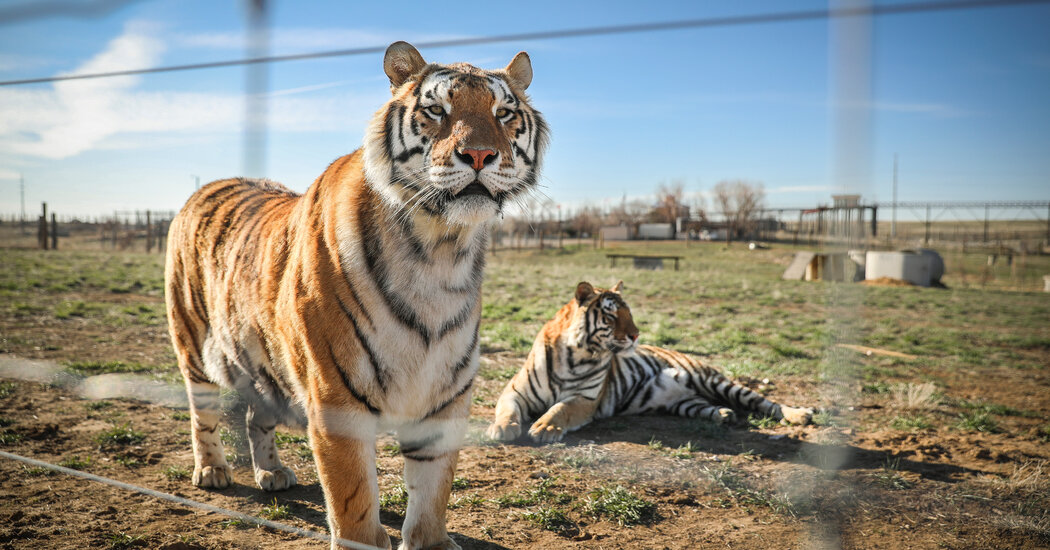Scientists have wondered if the many captive tigers in the United States could one day help restore the species in the wild.
In 2020, the Netflix documentary series “Tiger King” introduced the world to America’s large population of captive tigers. Estimates by experts suggest there may be as many as 7,000 of the big cats in the United States today, while only around 5,500 tigers survive in the wild in other countries.
More than 99 percent of those American tigers live in unaccredited roadside zoos, private residences or sanctuaries. Conservationists have long wondered what types of tigers make up this population and whether their genetic material could help increase the number of tigers in the wild.
A group of scientists recently examined the DNA of America’s captive tigers for the first time and discovered their muddled origin stories. Based on their findings, the researchers showed that these animals would be of little use to conservation.
In a study published last month in the Proceedings of the National Academy of Sciences, scientists sequenced the genomes of 138 tigers rescued from private ownership, including two once owned by Joe Exotic, the main subject of “Tiger King.”
There is only one species of tiger in the wild, but that species is divided into six surviving subspecies, each with distinctive genetic markers. The subspecies have adapted to survive in very different habitats. For example, the Sumatran tiger is found in the balmy jungles of an Indonesian island, while the Amur tiger inhabits coniferous forests and snowy mountains in Russia, northern China and Korea.
In 2018, Ellie E. Armstrong, an author of the study and an assistant professor of evolutionary genomics at the University of California, Riverside, set out to establish the ancestry of America’s captive tigers.
